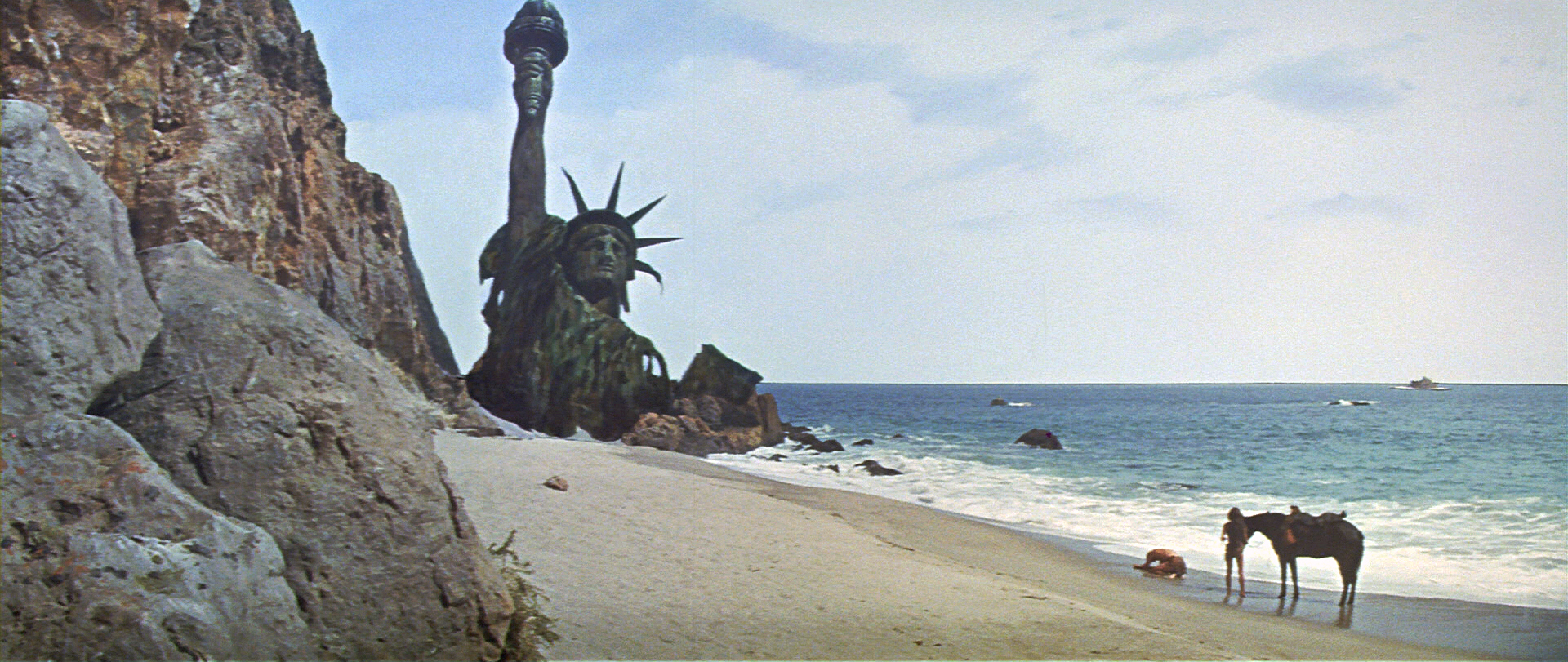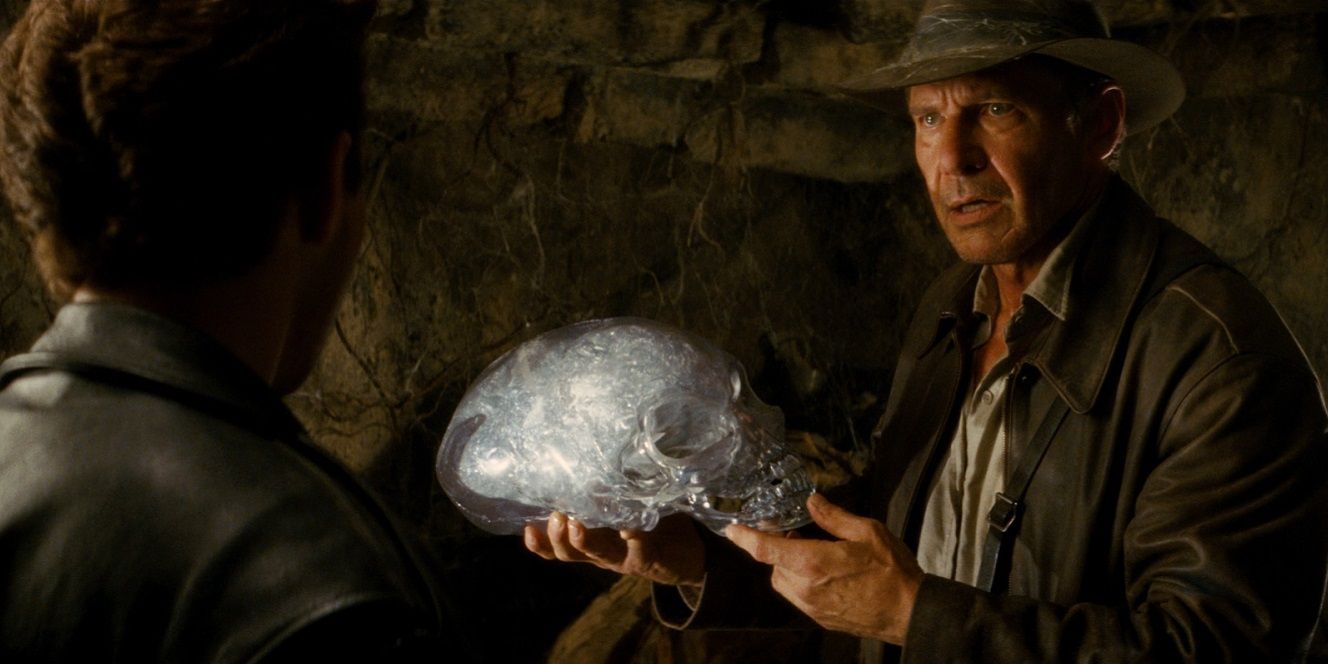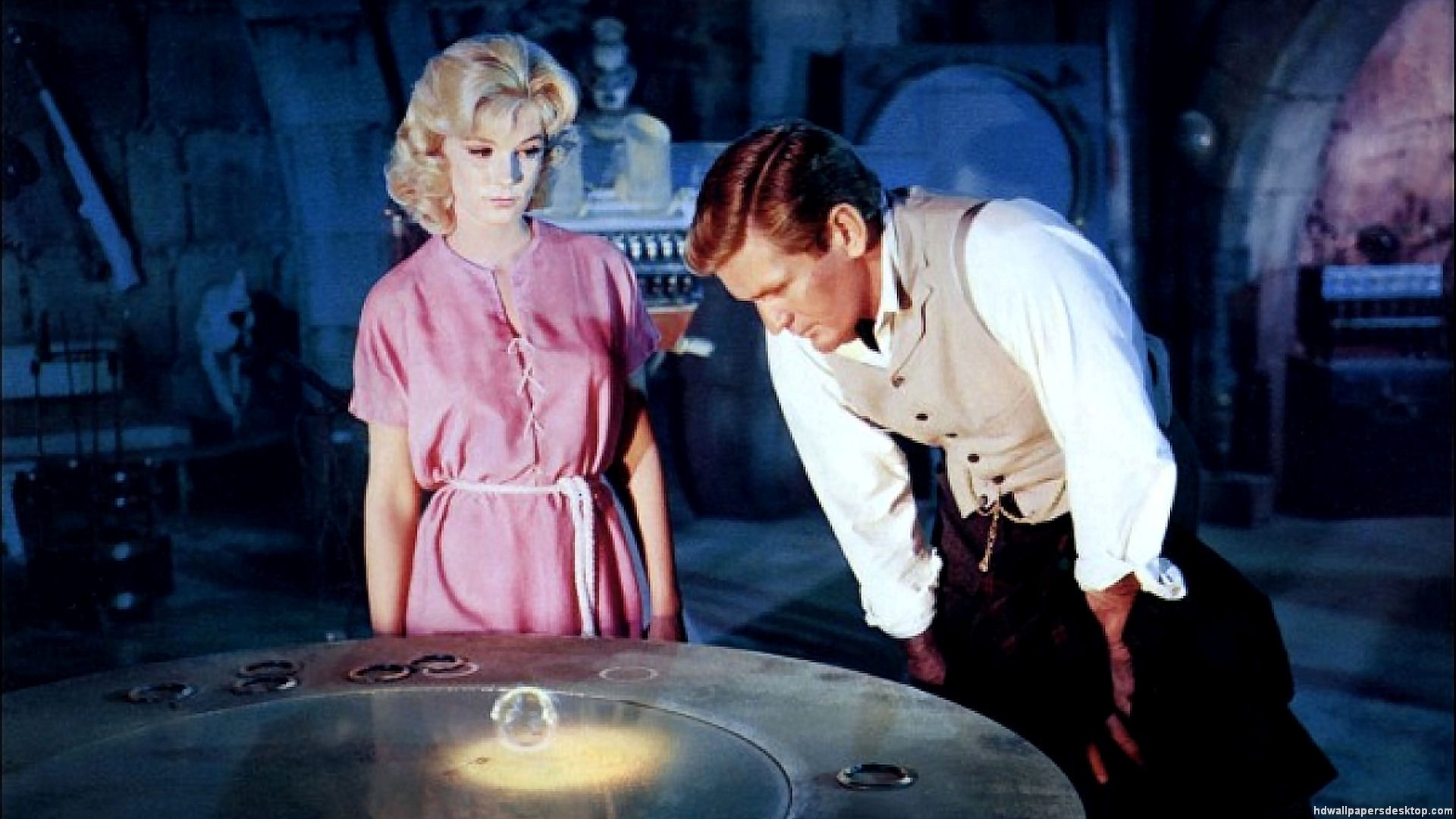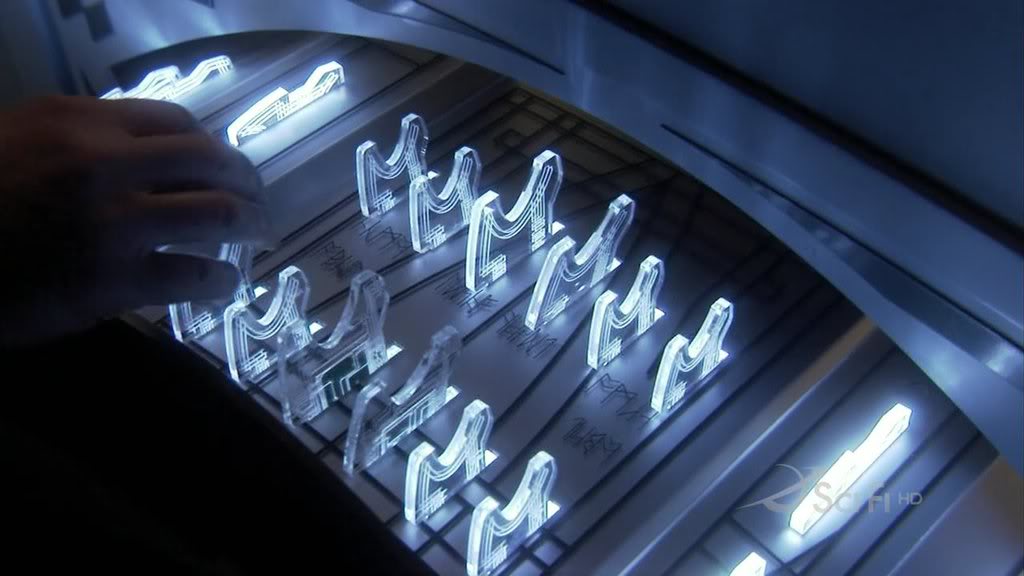The GLAM Blog Club theme this month is GLAM 3017. While I'm an avid sci-fi and space opera fan.1 I tend to avoid looking this far ahead in GLAM, lest I be called a <shudders>, 'futurist'. Who am I to turn down a challenge though? Let us begin.
I am not going to reference Star Wars in this blog2 as that was set 'a long time ago' and is therefore in the past3. I will look ahead instead at one of my favourite thoughts, that of a dystopian future. A future where our current world has long since past. Lets see what remains.

You maniacs! You archived all the data in a proprietary format! DAMN YOU ALL TO HELL!
To the archives!
My first thoughts leap ahead to what will remain after our civilisation has long gone?4 Currently we have problems looking at technology made a just few decades ago, and have started preserving video game consoles alongside video games themselves. Format problem aside, I've been looking at digital storage solutions for a while. Magnetic media gave way to optical media but neither are particularly good at surviving for hundreds of years without degradation. Luckily there are some smart people out there looking at a more permanent solution.
Crystals
For the last few years technology companies have been developing cool things with 5D optical data, capable of surviving for billions of years. Hitachi's5 version printed on quartz glass, has a great property that you can layer it, meaning storage can be increased easily. Many years ago I remember reading an article about recording data on the individual layers of carbon in a quartz crystal. Quartz glass can survive high temperature flames and heated to 1,000 degrees Celsius for at least two hours, so I'm fairly confident that they'll outlast my blu-ray copy of Akria.

"Carter, would it surprise you learn Hitachi were one of the first developers of crystal data storage?"
"Guess I'll have to buy the White Album again..."
So, as far as we can tell, some form of crystal data storage is probably our best bet for keeping digital archives longer than a few hundred years [citation needed]. This doesn't mean that we'll be using data crystals instead of flash drives anytime soon. One drawback is that as far as I can see, once data is written to the crystal it can't be removed (easily). It's essentially a one-time use which, while not great for active use, is perfect to record long lasting archival data!
<pushes up nerd glasses> Unlike the Goa'uld power crystals in the previous picture, these Asgardian crystals work more like data storage.6
It belongs in an archive!
The problem with keeping data stored for hundreds of years is being able to read it after the society that created it is long gone. Languages change and evolve, while machine readable languages change even quicker. This is why we have digital standards for archive material, but what happens when not only the data can't be read, but the storage medium no longer exists? How much trouble did we have when apple changed it's data cables from 30 pin to Lighting? Some archives are starting to save retro gaming consoles to ensure their game archives can be accessed, and places like Perth's Nostalgia Box capitalise on a retro experience. Imagine trying to read a data crystal now, let alone in a thousand years time?

If you're going to use crystal data storage, you may as well make it look hecka cool!
My name is of no consequence.
One of the first things I thought of when researching this post was the 1960s film adaption of The Time Machine. Not only does it feature intact archival storage, it has working devices to read it. This is what we should be aiming for7. For the GLAMs of 3017, I hope that we'd have figured out how to preserve our growing digital archives in a format that not only can last that long, but be easily read at the other end. I don't know what form that device will take but I do know that it hasn't been invented yet8.

Say what you will about Morlocks, their ancestors knew how to archive. The year 802,701 and this thing still works! Hmmm...I wonder if I can get DOOM running on this.
Time
In the end, and rather ironically, the biggest enemy of GLAM will be time. We will probably be stuck with a vast archive, perfectly preserved yet unable to read and learn from it. Like poor Henry Bemis, we'll have all the time we need...
"...now just a part of a smashed landscape, just a piece of the rubble, just a fragment of what man has deeded to himself." - Rod Serling, Time Enough at Last - The Twilight Zone.
-
How good is Alastair Reynolds' Revelation Space series?
-
Surprise, surprise!
-
I'm a glass half buried in the cold sands of time, guy.
-
Yes, that Hitachi ;)
-
You thought I had made a mistake with that last image didn't you? This isn't my first Stargate rodeo!
-
The archive stuff, not the collapse of society via 300 years of war and nuclear fallout...
-
And you can pretty much guarantee, five minutes after being invented someone will get DOOM running on it.
